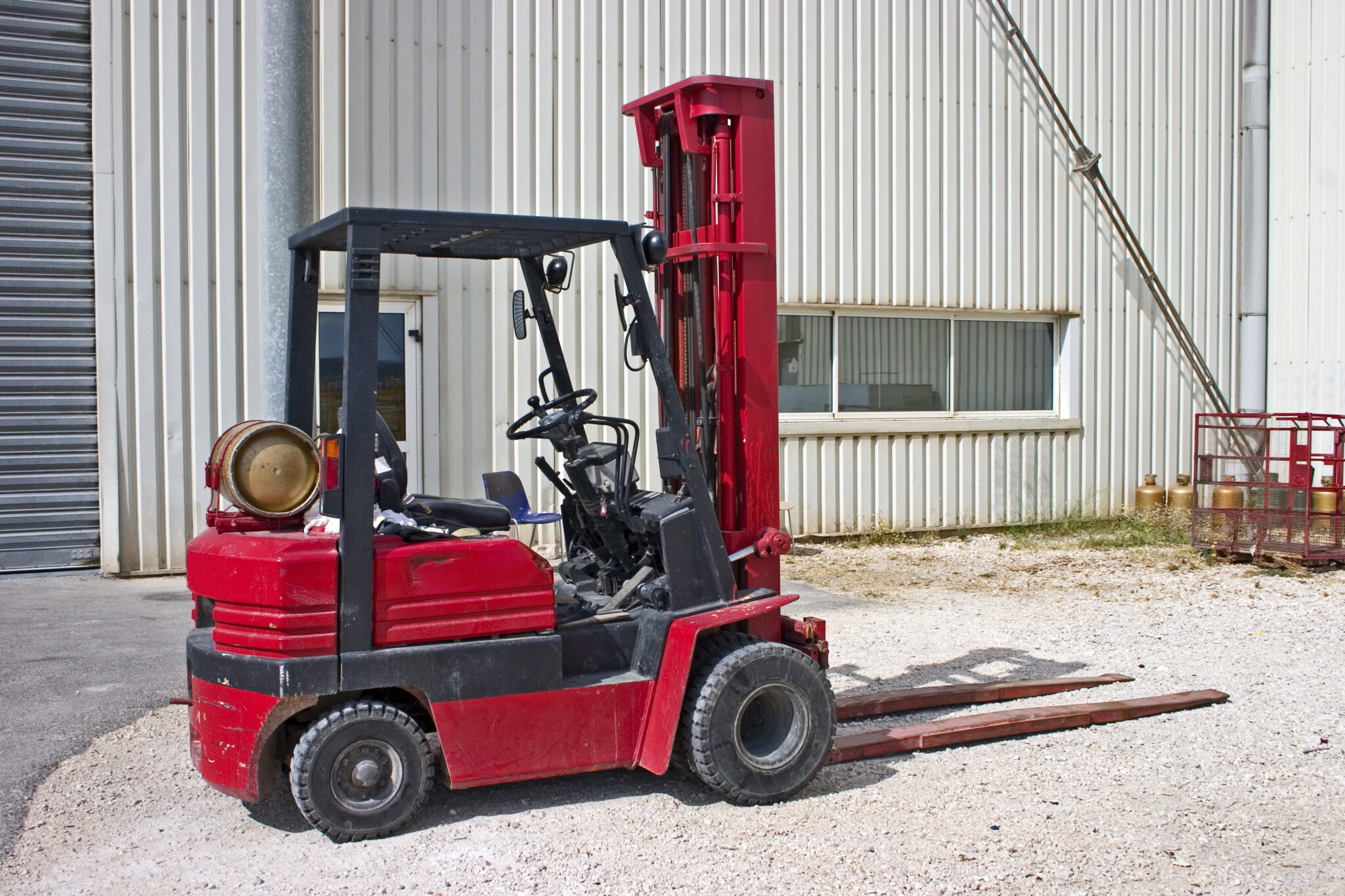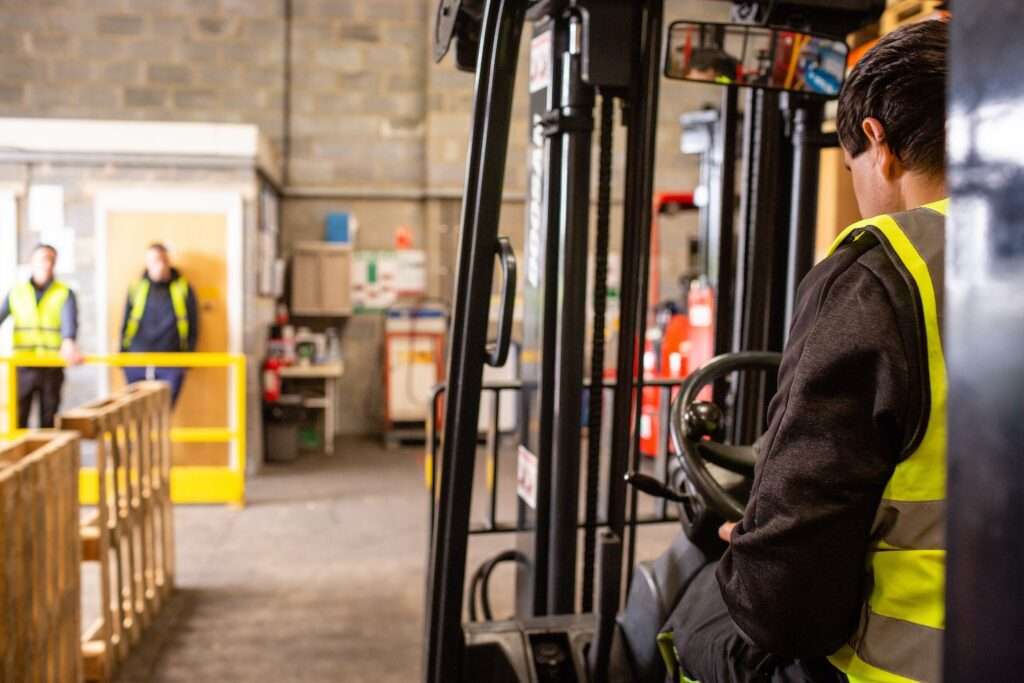As businesses rely on propane-powered forklifts for efficiency and productivity, it is crucial to understand the potential hazards associated with propane use and to adhere to stringent safety regulations. Propane, while an effective and commonly used fuel source, is highly volatile and poses significant risks if mishandled. Accidents involving propane can lead to serious injuries, property damage, and even fatalities.
In recognition of these dangers, the Occupational Safety and Health Administration (OSHA) has established comprehensive safety regulations to govern the proper use of propane in forklift fleets. These regulations are designed to protect both workers and employers, minimizing the risk of accidents while maintaining compliance with federal safety standards.
Whether you’re new to using propane-powered forklifts or you’re a seasoned operator, understanding and following OSHA’s guidelines is critical for safe and efficient operations. From installing propane tanks correctly to implementing necessary protective measures and detecting propane leaks, this guide will walk you through the essential OSHA requirements for propane use in forklifts. Additionally, we’ll highlight key safety practices to ensure the well-being of your team and avoid costly regulatory fines.
By ensuring compliance with OSHA’s propane regulations, you’ll not only keep your workforce safe but also enhance your operational efficiency and reduce liability risks. Let’s dive into the specific steps you need to follow when using propane in your forklift fleet.
1. Proper Propane Tank Installation
Propane tank installation may seem straightforward, but it must be done with care. According to OSHA regulations (29 CFR 1910.110(e)(4)(iii)), special attention is required when installing or changing propane tanks, particularly because liquid propane (LP) is highly pressurized and can present significant hazards if mishandled.
Before proceeding with installation, always notify anyone in the area of your intentions to change the tank. Ensuring that the area is clear if unnecessary personnel can prevent accidents. It’s also crucial to follow all safety procedures to avoid issues like propane leaks, tank malfunctions, or even more dangerous events such as a BLEVE (Boiling Liquid Expanding Vapor Explosion).
A well-executed installation reduces the risk of accidents and ensures that your propane-powered forklifts operate safely.
2. Personal Protective Equipment (PPE) for Propane Handling
Handling propane involves exposure to extremely cold temperatures—propane is stored at a temperature of around -44°F. This can cause serious injuries like frostbite if proper protective gear isn’t worn. OSHA mandates the use of Personal Protective Equipment (PPE) when handling propane tanks or working near propane-powered forklifts.
Key PPE includes:
- Gloves to protect hands from direct contact with liquid propane.
- Goggles or face shields to protect eyes and face from the risks of exposure.
- Flame-retardant clothing to guard against any potential fires or accidents involving open flames.
Additionally, propane is a highly flammable gas. Therefore, workers must avoid smoking or being near any open flames when handling propane tanks. By wearing proper PPE, you minimize the risk of serious injuries and enhance safety during propane handling.
3. Detecting Propane Leaks
Propane leaks are a serious safety hazard that requires immediate attention. OSHA emphasizes the importance of regularly checking for leaks to ensure safe propane usage. If a propane leak is suspected, remember the simple rule: Look, Listen, Smell.
- Look for visible signs of a leak, such as liquid propane pooling around the tank or condensation.
- Listen for a hissing sound, which may indicate gas escaping from the tank.
- Smell the characteristic odorant added to propane to make leaks easier to detect.
If you detect a propane leak, immediately shut off the tank valve, evacuate the area, and ventilate the space to dissipate the gas. Follow up by performing a thorough inspection to prevent further leaks. By staying vigilant and promptly addressing leaks, you can prevent catastrophic events and ensure a safe working environment for everyone involved.
4. OSHA’s Regulatory Requirements for Propane Forklift Fleets
Compliance with OSHA’s safety regulations is not just about protecting employees—failure to meet these regulations can result in fines, penalties, and increased liability. OSHA mandates the following for propane-powered forklifts:
- Training: Ensure that all personnel handling propane forklifts are adequately trained. OSHA requires that workers be knowledgeable about propane hazards and the correct handling and emergency procedures.
- Tank Storage: Propane tanks must be stored in well-ventilated areas away from sources of heat, flame, and ignition.
- Forklift Maintenance: Regular maintenance is essential to keep propane forklifts operating safely. Ensure that any issues with the fuel system are addressed promptly.
- Record-Keeping: Proper documentation, including safety inspections, training records, and maintenance logs, is required to demonstrate compliance during OSHA inspections.
By maintaining compliance with these OSHA regulations, you help minimize workplace hazards and avoid legal issues related to propane forklift use.
5. Emergency Preparedness for Propane Accidents
While safety measures can significantly reduce the risk of accidents, it is essential to be prepared for emergencies. Propane accidents can range from minor leaks to major explosions. Ensure that all employees are aware of emergency procedures, including evacuation routes and how to safely address propane leaks.
Key components of an emergency plan should include:
- Evacuation procedures in case of a significant leak or explosion risk.
- Emergency contact information for propane suppliers and safety experts.
- Proper firefighting equipment in case of a propane fire.
By developing and regularly rehearsing emergency plans, your team will be better equipped to respond swiftly and effectively to any propane-related incidents.
Stay Safe, Stay Compliant
Propane is an excellent fuel source for forklifts, but it comes with significant risks. By following OSHA’s requirements for propane tank installation, PPE usage, leak detection, and emergency preparedness, you can significantly reduce the risks associated with propane use in your forklift fleet. Compliance not only ensures the safety of your employees but also minimizes liability and helps avoid costly penalties.
If you need additional guidance on implementing OSHA’s propane forklift regulations or are looking for expert assistance, feel free to reach out to us. TotalSDS can support your safety and compliance efforts with our comprehensive SDS management software, designed to streamline the process of creating, managing, and distributing Safety Data Sheets in line with OSHA and other regulatory standards. Our team is ready to help ensure that your forklift fleet meets all safety requirements while optimizing operational efficiency and maintaining compliance across your operations.


